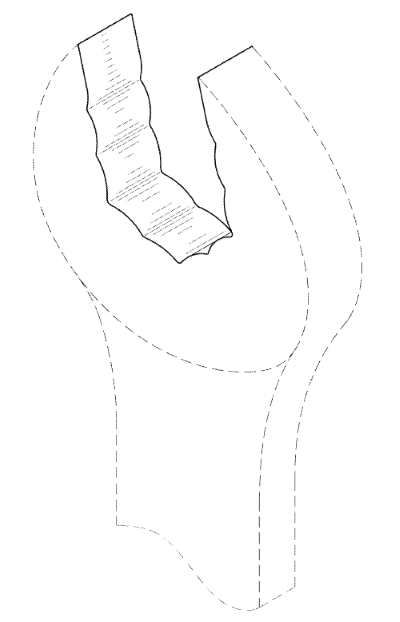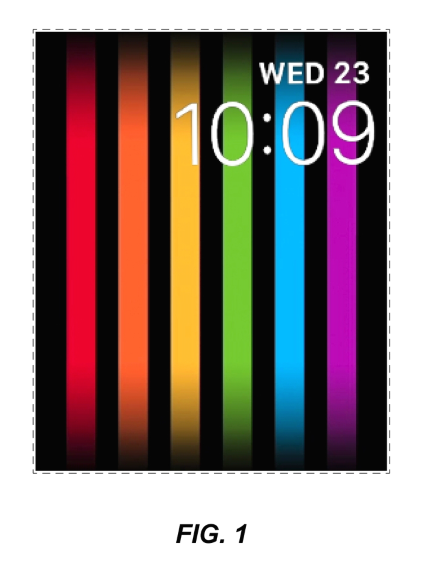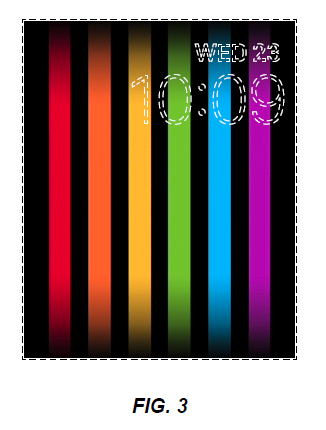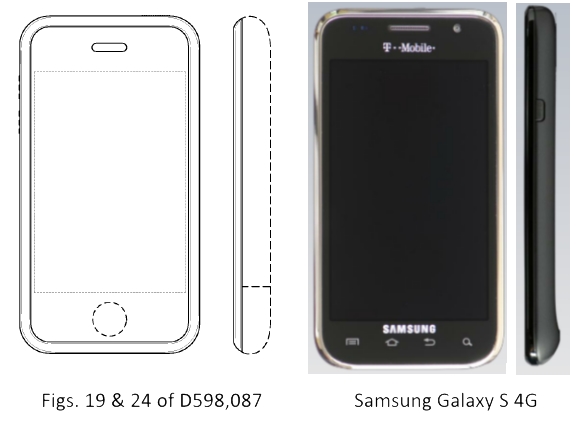When filing a design patent application, you should consider whether the design has unimportant features or sides. Then the design patent application can be prepared to take this into account.
For example, Super-Sparkly Safety Stuff, LLC sued Skyline USA, Inc. alleging it of infringing Design Patent D731,172S (‘172 Patent).
The complaint shows the following image of Skyline’s alleged pepper spray infringing product. The product does not have rhinestones on the bottom as compared to the cylindrical side.
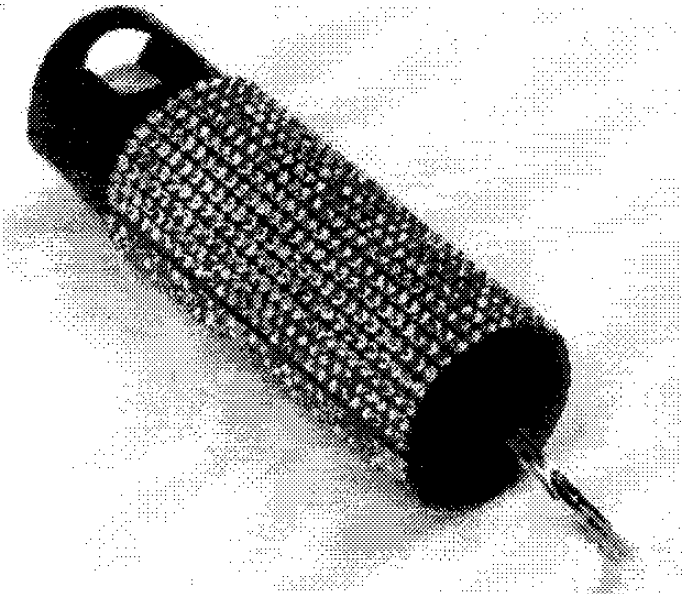
However the design of the ‘172 Patent has rhinestones on the bottom, as shown in figure 3.
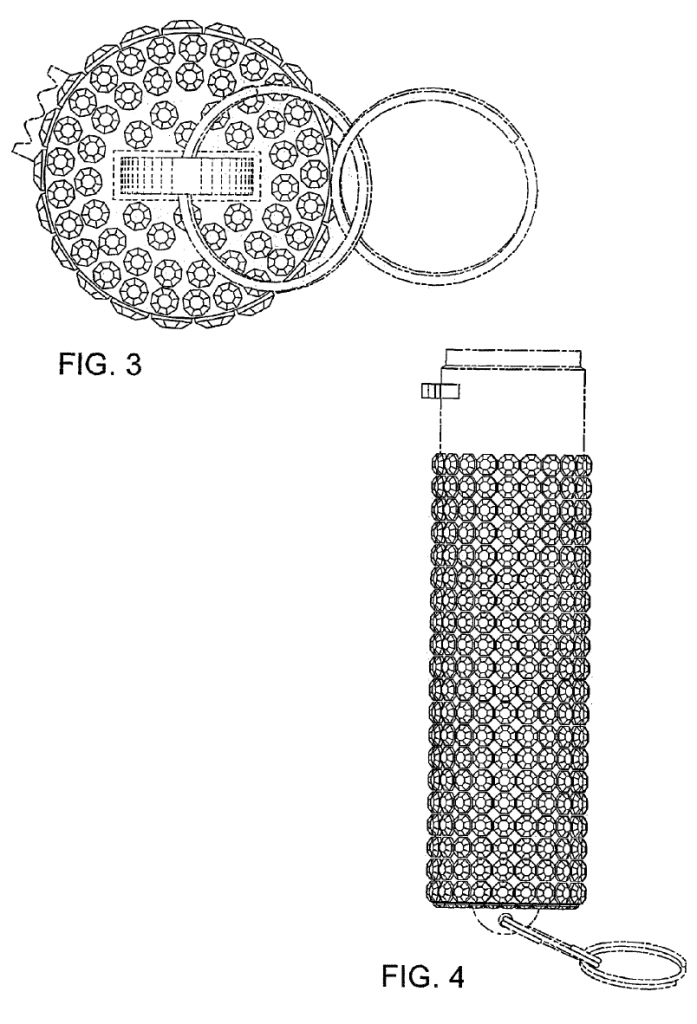
The district court granted summary judgement of non-infringement finding that the Skyline product did not infringe the ‘172 patent.
The court said that “the accused product has no rhinestones on the canister bottom … This difference is significant, particularly given the relatively simple and limited elements of the product design, and would be obvious to an ordinary observer.”
You might think that the bottom of the product is not that important and differences in the bottom should not weight heavily when comparing an alleged infringing product to a design patent. But this case shows that even the bottom of a product might be important in a design patent case.
If the bottom or the back of your design is not important, then consider whether it should not be claimed by presenting it in broken lines.
In this case, it may be that the bottom is important because the bottom is where the key ring attaches on the pepper spray product. Therefore, the bottom could be in view to the user often in normal use.
Citation: Super-Sparkly Safety Stuff, LCC v. Skyline USA, Inc., 3:18-cv-00587-N (N.D. Tex 2020). Super-Sparkly appealed and the appeal is pending.
Hat tip to Design Law.
